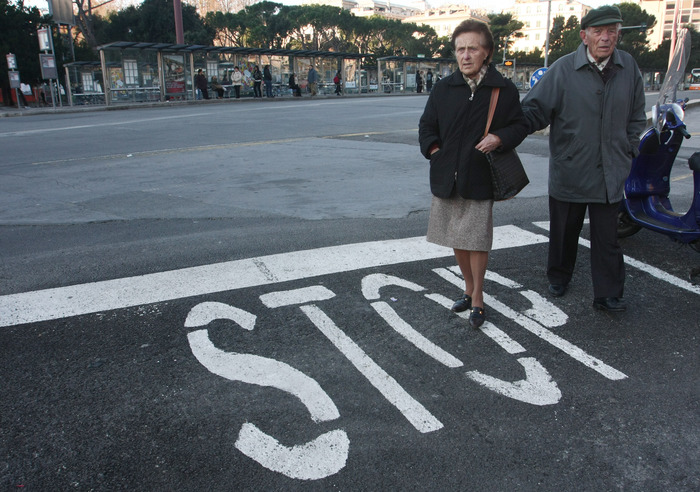Just over half of the 129 indicators (out of 152) for which comparison is possible, "have improved compared to the previous year, 28.7% is up worse levels, and 17.8% is stable." Less positive, however, is the 'performance' on the environmental (particularly climate) and safety fronts (especially for the perception of the risk of crime in the area in which one lives. We can read this in the Report on Fair and Sustainable Wellbeing (Bes), which was presented today by the Institute of Statistics in Rome, which "offers an in-depth reading of the levels, trends, and inequalities of well-being that can be observed in the 12 domains that articulate the Bes 'framework, i.e.
health, education and training, work and life balance, social relations, politics and institutions, safety, landscape and cultural heritage, environment, innovation, research and creativity, and quality of services. The dossier, "classifying the regions of the Peninsula into five classes of Relative Well-being (low, medium-low,Medium, medium, high, and high)", highlights how those in the North-East "are characterized by the highest levels of well-being," while in the South, the situation is reversed.

